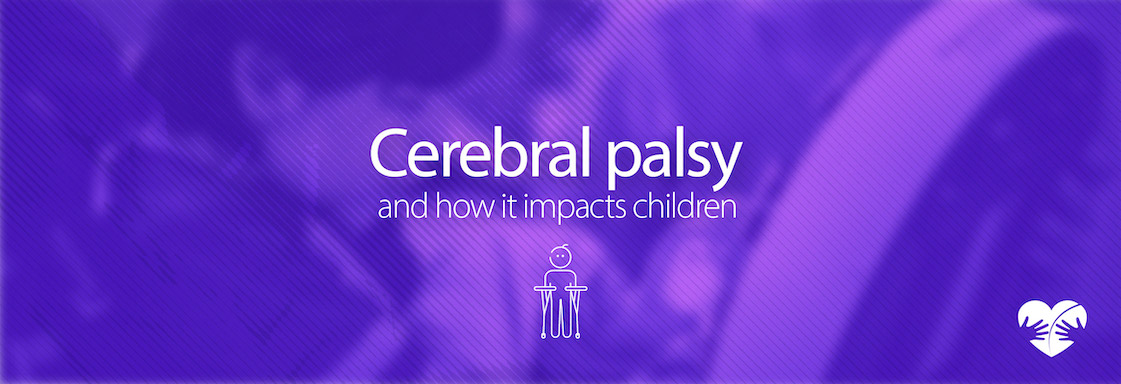Cerebral palsy is a group of motor disorders that impact a person’s body movement, muscle tone, and coordination. Thousands of children are affected by cerebral palsy in the United States alone. According to the CDC, cerebral palsy is found in approximately 1 in 345 children, and is one of the most common childhood disorders in the United States.
While symptoms and seriousness of cerebral palsy vary case by case, a can be life-altering for a child and their family. Understanding cerebral palsy can help family and friends provide the best possible care and support to a child with cerebral palsy.
What causes cerebral palsy?
In most cases, cerebral palsy is caused by brain damage before or after birth (also referred to as congenital cerebral palsy). Rarely, abnormal brain development can also cause cerebral palsy.
Most children with cerebral palsy are diagnosed during the first two years of life, and the exact cause is unknown in most cases. However, there are several risk factors associated with cerebral palsy, including:
- Premature birth
- Being born underweight
- Being born as a twin or another multiple
- Being conceived with the help of reproductive technology (such as in vitro fertilization)
- Having a mother who developed an infection during pregnancy
- Complications during birth (such as placental complications or uterine ruptures)
- Medical malpractice or negligence during birth
Who is impacted by cerebral palsy?
Cerebral palsy is a pervasive disease. In the U.S. alone, approximately 764,000 people have been diagnosed with cerebral palsy, and around 10,000 babies are born with cerebral palsy every year.
According to the CDC, cerebral palsy occurs more frequently across certain groups. For example, cerebral palsy is diagnosed more frequently among black children than white children and is more prevalent among boys than girls.
What are the symptoms of cerebral palsy?
There are many symptoms of cerebral palsy, which vary from child to child. Most of the symptoms impact motor skills, speech, or social development. Some common symptoms of cerebral palsy include:
- Poor balance and muscle coordination
- Spasticity (muscle stiffness)
- Poor motor skills
- Difficulty swallowing
- Delayed speech development
- Problems with fine motor skills, such as fastening a button
- Involuntary movement
- Intellectual disabilities
- Eye muscle imbalance
What does life look like for a child with cerebral palsy?
As symptoms and their seriousness vary with cerebral palsy, life looks different for every affected child. However, over half of the children with cerebral palsy can walk independently.
Secondary conditions are common in children with cerebral palsy, and these can impact their quality of life. Some of the most common associated conditions include epilepsy, autism, digestive issues, deafness, and blindness.
Cerebral palsy is an expensive disorder to live with. On average, it costs over $1 million to treat cerebral palsy throughout a child’s lifetime. Medical costs are ten times more expensive for a child with cerebral palsy than for a child without the disorder.
Although there is no cure for cerebral palsy, with proper treatment, support, and therapy, children with cerebral palsy can live healthy, productive, and fulfilling lives.




